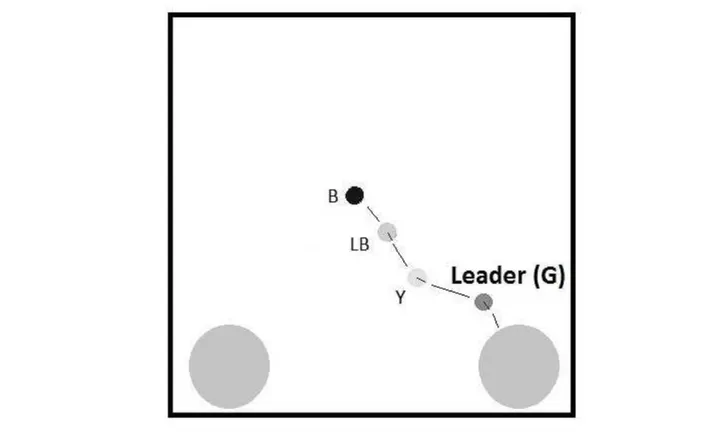Emergence of Leadership in a Group of Autonomous Robots

Abstract
In this paper we examine the factors contributing to the emergence of leadership in a group, and we explore the relationship between the role of the leader and the behavioural capabilities of other individuals. We use a simulation technique where a group of foraging robots must coordinate to choose between two identical food zones in order to forage collectively. Behavioural and quantitative analysis indicate that a form of leadership emerges, and that groups with a leader are more effective than groups without. Moreover, we show that the most skilled individuals in a group tend to be the ones that assume a leadership role, supporting biological findings. Further analysis reveals the emergence of different “styles” of leadership (active and passive).
Type
Publication
Pugliese, F., Acerbi, A., Marocco, D. (2015), Emergence of Leadership in a Group of Autonomous Robots, PLOS ONE, 10(9), e0137234